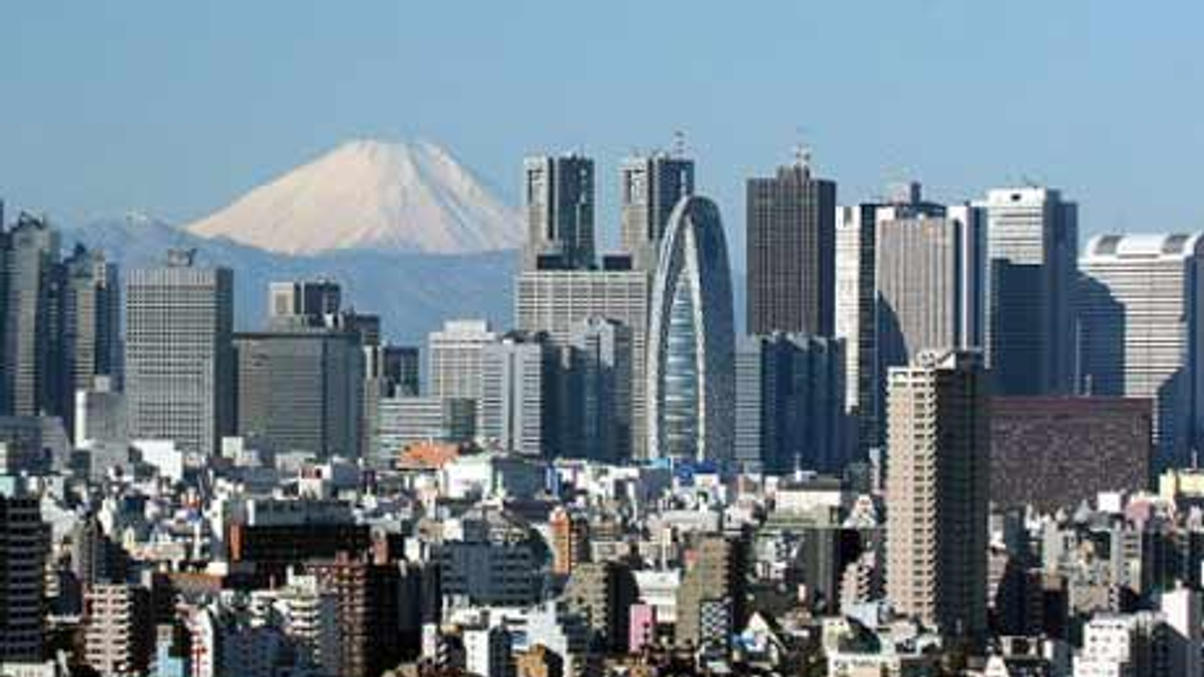Overseas investors getting bolder in Japanese housing
Japan’s market for apartment buildings is seeing foreigner investors increase both the size and reach of their exposure, rivalling domestic investors.

Two recent acquisitions show that overseas investors are increasing their appetite for Japanese multi-family housing.
Sign in to read on!
Registered users get 2 free articles in 30 days.
Subscribers have full unlimited access to AsianInvestor
Not signed up? New users get 2 free articles per month, plus a 7-day unlimited free trial.
¬ Haymarket Media Limited. All rights reserved.


